Home>Storage Ideas>Kitchen Storage>How To Clean And Disinfect Cutting Boards For Safe Meal Prep
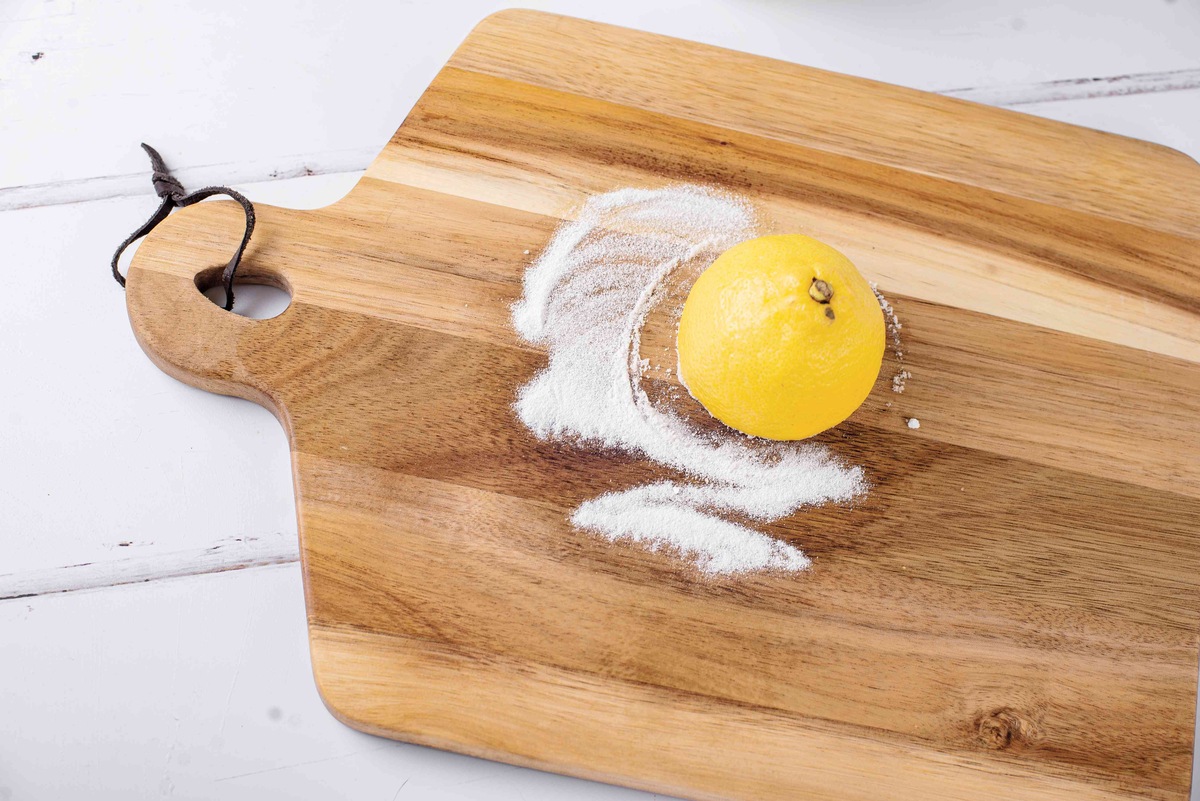

Kitchen Storage
How To Clean And Disinfect Cutting Boards For Safe Meal Prep
Modified: December 7, 2023
Learn the best kitchen storage ideas to keep your cutting boards clean and disinfected for safe meal preparation. Implement these tips for a hygienic cooking environment.
(Many of the links in this article redirect to a specific reviewed product. Your purchase of these products through affiliate links helps to generate commission for Storables.com, at no extra cost. Learn more)
Introduction
Welcome to our comprehensive guide on how to clean and disinfect cutting boards for safe meal prep! Cutting boards play a vital role in our kitchen routines, serving as a reliable surface for chopping, slicing, and dicing a wide variety of ingredients. However, due to their constant contact with raw food, cutting boards can quickly become a breeding ground for harmful bacteria and foodborne pathogens.
Proper cleaning and disinfection of cutting boards is essential to ensure the safety and hygiene of your meals. In this article, we will provide you with step-by-step instructions on how to effectively clean and disinfect your cutting boards, using both traditional and alternative methods. Additionally, we will offer valuable tips on maintaining clean and disinfected cutting boards to prevent cross-contamination and prolong their lifespan.
By following our guidelines, you can confidently prepare meals on clean and safe cutting surfaces, reducing the risk of foodborne illnesses and maintaining the integrity of your ingredients. So, let’s dive in and discover the best practices for keeping your cutting boards clean and hygienic!
Key Takeaways:
- Keep your cutting boards clean and disinfected to prevent foodborne illnesses, eliminate odors, and prolong their lifespan. Use bleach or natural alternatives like vinegar for effective disinfection.
- Maintain separate cutting boards for different food types, regularly sanitize, and inspect for wear. Proper drying and storage are crucial for preventing bacterial growth and ensuring food safety.
Importance of Cleaning and Disinfecting Cutting Boards
Keeping your cutting boards clean and disinfected is not just a matter of personal hygiene; it is crucial for food safety as well. Foodborne illnesses, such as salmonella and E. coli, can easily spread through contaminated cutting boards, leading to severe health consequences for you and your loved ones.
Cross-contamination is one of the primary concerns when it comes to cutting boards. The porous nature of most cutting board materials makes them susceptible to trapping bacteria, allowing them to thrive and multiply. If you use the same cutting board for raw meats, fruits, vegetables, and other food items without proper cleaning and disinfection in between, you risk transferring harmful bacteria from one ingredient to another.
Here are some key reasons why cleaning and disinfecting your cutting boards should be a top priority:
- Preventing Foodborne Illnesses: As mentioned earlier, cutting boards can harbor bacteria and pathogens, including salmonella, E. coli, and listeria. These pathogens can contaminate your food and cause serious illnesses if ingested. Proper cleaning and disinfection can help eliminate these harmful microorganisms and reduce the risk of foodborne illnesses.
- Eliminating Unpleasant Odors and Stains: Over time, cutting boards can develop unpleasant odors and stubborn stains due to the accumulation of food particles and bacteria. Cleaning and disinfecting your cutting boards regularly can help eliminate these odors and stains, ensuring that your kitchen remains fresh and clean.
- Prolonging the Lifespan of Your Cutting Boards: Regular maintenance and proper care, including cleaning and disinfection, can significantly extend the lifespan of your cutting boards. By preventing the buildup of bacteria, you can avoid the degradation of the cutting board material, ensuring that it remains sturdy and safe to use for an extended period.
By understanding the importance of cleaning and disinfecting your cutting boards, you are taking a proactive approach towards ensuring the safety and well-being of yourself and your family. Now that we have discussed the significance, let’s move on to the materials and supplies you will need for the cleaning and disinfection process.
Materials and Supplies Needed
Before you begin cleaning and disinfecting your cutting boards, it’s important to gather all the necessary materials and supplies. Having everything prepared in advance will make the process more efficient and convenient. Here’s a list of what you’ll need:
- Warm Water: You’ll need warm water for the initial rinsing and cleaning of your cutting boards. Warm water helps to remove dirt, debris, and residual food particles effectively.
- Dish Soap: Choose a mild dish soap that’s suitable for cleaning kitchen utensils. Avoid using harsh or abrasive cleaners, as they may damage the surface of your cutting boards.
- Bleach: Bleach is a powerful disinfectant that can effectively kill bacteria and other harmful pathogens on your cutting boards. Make sure to use unscented chlorine bleach, as scented bleaches may leave behind unwanted odors on your boards.
- Non-abrasive Scrub Brush or Sponge: A non-abrasive scrub brush or sponge is essential for scrubbing away any stubborn stains or food residues on your cutting boards. Avoid using abrasive brushes or scouring pads, as they can scratch the surface and create grooves where bacteria can thrive.
- Plastic Cutting Board: Having a separate plastic cutting board dedicated to cutting raw meats is highly recommended to prevent cross-contamination. This additional cutting board ensures that any bacteria from raw meats does not come into contact with other food items.
- Optional: Vinegar or Lemon Juice: If you prefer natural alternatives to bleach, vinegar or lemon juice can be used as a disinfectant for your cutting boards. Both vinegar and lemon juice have antimicrobial properties that can help kill bacteria. However, it’s important to note that they may not be as effective as bleach against certain pathogens.
By having these materials and supplies ready, you can proceed with confidence knowing that you have everything you need to effectively clean and disinfect your cutting boards. In the next section, we will guide you through the first step: washing your cutting boards with soap and water.
Step 1: Washing with Soap and Water
The first step in the cleaning and disinfection process for cutting boards is washing them with soap and water. This step helps to remove dirt, debris, and leftover food particles from the surface of the boards. Here’s how to effectively wash your cutting boards:
- Prepare the sink: Fill your sink with warm water. Make sure there is enough water to submerge your cutting board.
- Apply dish soap: Add a small amount of mild dish soap to the warm water. Mix well to create a soapy solution.
- Scrub the cutting board: Place the cutting board in the soapy water and use a non-abrasive scrub brush or sponge to gently scrub the surface. Pay special attention to any stained or sticky areas. Scrub all sides of the cutting board, including the edges.
- Rinse thoroughly: Once you have thoroughly scrubbed the cutting board, rinse it under warm running water to remove any soap residue.
- Dry the cutting board: Pat the cutting board dry with a clean kitchen towel or allow it to air dry completely before moving on to the next step.
It’s important to note that wooden cutting boards should not be left to soak in water, as this can cause warping and damage. Instead, wash wooden cutting boards by quickly rinsing them with warm soapy water and immediately drying them.
By washing your cutting boards with soap and water, you are effectively removing visible dirt and debris from the surface. However, it’s essential to remember that this step alone may not eliminate harmful bacteria and pathogens. To ensure proper disinfection, we will cover the next step: disinfecting with a bleach solution.
Step 2: Disinfecting with Bleach Solution
Disinfecting your cutting boards is a crucial step in eliminating any remaining bacteria and pathogens that may be present after washing with soap and water. Bleach is a powerful and effective disinfectant that can kill a wide range of bacteria, including salmonella and E. coli. Follow these steps to properly disinfect your cutting boards using a bleach solution:
- Create a bleach solution: In a clean sink or basin, mix 1 tablespoon of unscented chlorine bleach with 1 gallon of cool water. Stir well to ensure the bleach is thoroughly diluted.
- Submerge the cutting board: Place the washed cutting board in the bleach solution, ensuring it is completely submerged. If the cutting board is too large to fully submerge, use a clean cloth soaked in the bleach solution to thoroughly wipe down the surface of the board.
- Let it sit: Allow the cutting board to soak in the bleach solution for at least 2 minutes. This contact time is necessary for the bleach to effectively kill any remaining bacteria.
- Rinse thoroughly: After the soaking period, remove the cutting board from the bleach solution and rinse it thoroughly under running water to remove any bleach residue.
- Dry the cutting board: Pat the cutting board dry with a clean kitchen towel or allow it to air dry completely.
It’s important to note that while bleach is an effective disinfectant, it can potentially cause damage to certain types of cutting board materials, such as wooden boards. It is generally safe to use on plastic and glass cutting boards, but always check the manufacturer’s guidelines for specific instructions.
Alternatively, if you prefer natural disinfectant options, you can use vinegar or lemon juice. Simply replace the bleach solution with a mixture of equal parts vinegar or lemon juice and water. However, it’s important to keep in mind that these natural alternatives may not be as effective as bleach against certain pathogens.
By following these steps to disinfect your cutting boards with a bleach solution, you can ensure that any remaining bacteria and pathogens are eliminated, making your cutting boards safe for use in food preparation. In the next section, we will explore alternative disinfecting methods for those who prefer non-bleach options.
After each use, wash cutting boards with hot, soapy water and dry thoroughly. To disinfect, use a solution of 1 tablespoon of unscented, liquid chlorine bleach per gallon of water, and let it sit for a few minutes before rinsing.
Alternative Disinfecting Methods
If you prefer to avoid using bleach or want alternative options for disinfecting your cutting boards, there are a few natural and non-toxic methods you can try. While these methods may not be as effective as bleach against all types of bacteria, they can still provide a significant level of disinfection. Here are a couple of alternative disinfecting methods:
- Vinegar: Vinegar is a versatile and natural disinfectant that can help kill certain types of bacteria. To disinfect your cutting boards with vinegar, simply pour undiluted white vinegar onto the surface of the board. Let it sit for a few minutes before rinsing it off with water. Remember to thoroughly dry the cutting board after rinsing.
- Lemon Juice: Lemon juice is another natural option with antimicrobial properties. Cut a fresh lemon in half and rub the cut side over the surface of the cutting board. Allow the lemon juice to sit on the board for a few minutes before rinsing it off with water. As always, make sure to dry the cutting board thoroughly.
While vinegar and lemon juice can help reduce bacterial growth on cutting boards, it’s important to note that they may not be as effective as bleach in killing certain types of bacteria, especially those that are more resistant. If you choose to use these natural disinfectants, it’s essential to follow proper cleaning and disinfection practices, including regular washing with soap and water.
Regardless of which method you choose to disinfect your cutting boards, it’s crucial to remember that prevention is key. By practicing proper food hygiene, such as using separate cutting boards for raw meats and other food items, and cleaning your cutting boards after each use, you can minimize the risk of cross-contamination and the need for heavy disinfection.
Now that you have learned about alternative disinfecting methods, we will proceed to the next step: drying and storing the cutting boards properly.
Step 3: Drying and Storing Cutting Boards
After cleaning and disinfecting your cutting boards, it’s crucial to ensure they are properly dried and stored to prevent the growth of bacteria and maintain their longevity. Here are some important steps to follow:
- Dry Thoroughly: After rinsing your cutting boards, make sure to thoroughly dry them using a clean kitchen towel or allow them to air dry completely. Moisture can create an ideal environment for bacteria to thrive, so it’s essential to remove all traces of water.
- Store in a Dry Area: It’s important to store your cutting boards in a dry area of the kitchen. Avoid storing them in areas where they can come into contact with moisture, such as near the sink or dishwasher. Additionally, make sure they are stored in a way that allows air circulation to prevent any trapping of moisture.
- Keep Separate: If you use different cutting boards for different types of food, such as one for meats and another for fruits and vegetables, make sure to store them separately as well. This helps to prevent cross-contamination and ensures that any potential bacteria on one board does not come into contact with the other.
- Avoid Excessive Heat: Cutting boards should be kept away from direct heat sources, such as stovetops or ovens. Excessive heat can cause warping or damage to the boards’ materials, compromising their structural integrity.
- Regular Inspections: Periodically inspect your cutting boards for any signs of wear, deep scoring, or grooves. If you notice any significant damage, it may be time to replace the cutting board to maintain optimal food safety.
By properly drying and storing your cutting boards, you are ensuring that they remain clean, dry, and in good condition. This not only helps to prevent the growth of bacteria but also extends the lifespan of your cutting boards, making them a worthwhile investment for your kitchen.
Now that you are equipped with the knowledge of how to clean, disinfect, and store your cutting boards properly, we will provide you with some useful tips to maintain clean and disinfected cutting boards in the next section.
Tips for Maintaining Clean and Disinfected Cutting Boards
Keeping your cutting boards clean and disinfected is an ongoing process. To maintain their hygiene and ensure they remain safe for food preparation, here are some essential tips to follow:
- Wash Immediately: To prevent the growth of bacteria, wash your cutting boards immediately after each use. This helps to remove any food debris and reduces the risk of cross-contamination.
- Separate for Different Foods: Use separate cutting boards for different types of food, such as one for raw meats and another for fruits and vegetables. This prevents cross-contamination and reduces the risk of pathogens spreading.
- Cut on Clean Surfaces: Always ensure that your cutting boards are clean before using them. Avoid placing ingredients on unclean surfaces to reduce the risk of contaminating your food.
- Regularly Sanitize: In addition to regular cleaning, periodically sanitize your cutting boards using disinfectants like bleach, vinegar, or lemon juice. This helps to kill any remaining bacteria and keeps your boards safe for use.
- Avoid Knife Damage: Be mindful of your knife’s sharpness to prevent deep grooves and cuts on your cutting boards. Deep cuts can harbor bacteria and make cleaning and disinfection less effective.
- Replace When Necessary: Monitor the condition of your cutting boards and replace them when they become excessively worn, warped, or heavily damaged. A damaged cutting board is more difficult to clean and disinfect effectively.
- Use Cutting Board Liners: Consider using cutting board liners made of plastic or silicone. These liners provide an extra barrier between your food and the cutting board, making it easier to clean and preventing deep staining.
- Regularly Inspect: Inspect your cutting boards for any signs of mold, mildew, or unpleasant odors. If you notice any of these issues, it’s a good idea to replace the cutting board as it may be difficult to completely eliminate the underlying problem.
By following these tips, you can ensure that your cutting boards remain clean, disinfected, and safe for food preparation. Consistent and proper maintenance of your cutting boards is essential for preventing cross-contamination and minimizing the risk of foodborne illnesses.
Now that you are well-equipped with the knowledge and techniques to maintain clean and disinfected cutting boards, you can confidently prepare your meals in a safe and hygienic kitchen environment.
Remember, a clean cutting board is the foundation for safe meal preparation, so make it a priority to keep your cutting boards in excellent condition. Happy cooking!
Conclusion
Cleaning and disinfecting cutting boards is an essential aspect of maintaining a healthy and hygienic kitchen. By following the steps and tips outlined in this guide, you can ensure that your cutting boards are free from harmful bacteria and ready for safe meal preparation.
Remember, proper hygiene starts with washing your cutting boards with soap and water, removing visible dirt and debris. Disinfection is equally important, and using a bleach solution or natural alternatives like vinegar or lemon juice can help eliminate any remaining bacteria and pathogens.
Additionally, proper drying and storage of cutting boards will prevent the growth of bacteria and prolong their lifespan. By maintaining separate cutting boards for different food types and regularly sanitizing them, you can reduce the risk of cross-contamination and keep your kitchen safe.
Inspect your cutting boards regularly for any signs of wear or damage, and replace them as necessary to ensure optimal food safety. And remember, using cutting board liners can provide an extra layer of protection and make cleaning a breeze.
By implementing these practices and maintaining clean and disinfected cutting boards, you are taking a proactive approach to safeguarding your health and the well-being of those you cook for. Enjoy the peace of mind that comes with a clean and safe kitchen environment!
So, let’s roll up our sleeves, grab our scrub brushes, and make cleaning and disinfecting our cutting boards a regular part of our kitchen routine. Your health and safety are worth the effort!
Frequently Asked Questions about How To Clean And Disinfect Cutting Boards For Safe Meal Prep
Was this page helpful?
At Storables.com, we guarantee accurate and reliable information. Our content, validated by Expert Board Contributors, is crafted following stringent Editorial Policies. We're committed to providing you with well-researched, expert-backed insights for all your informational needs.
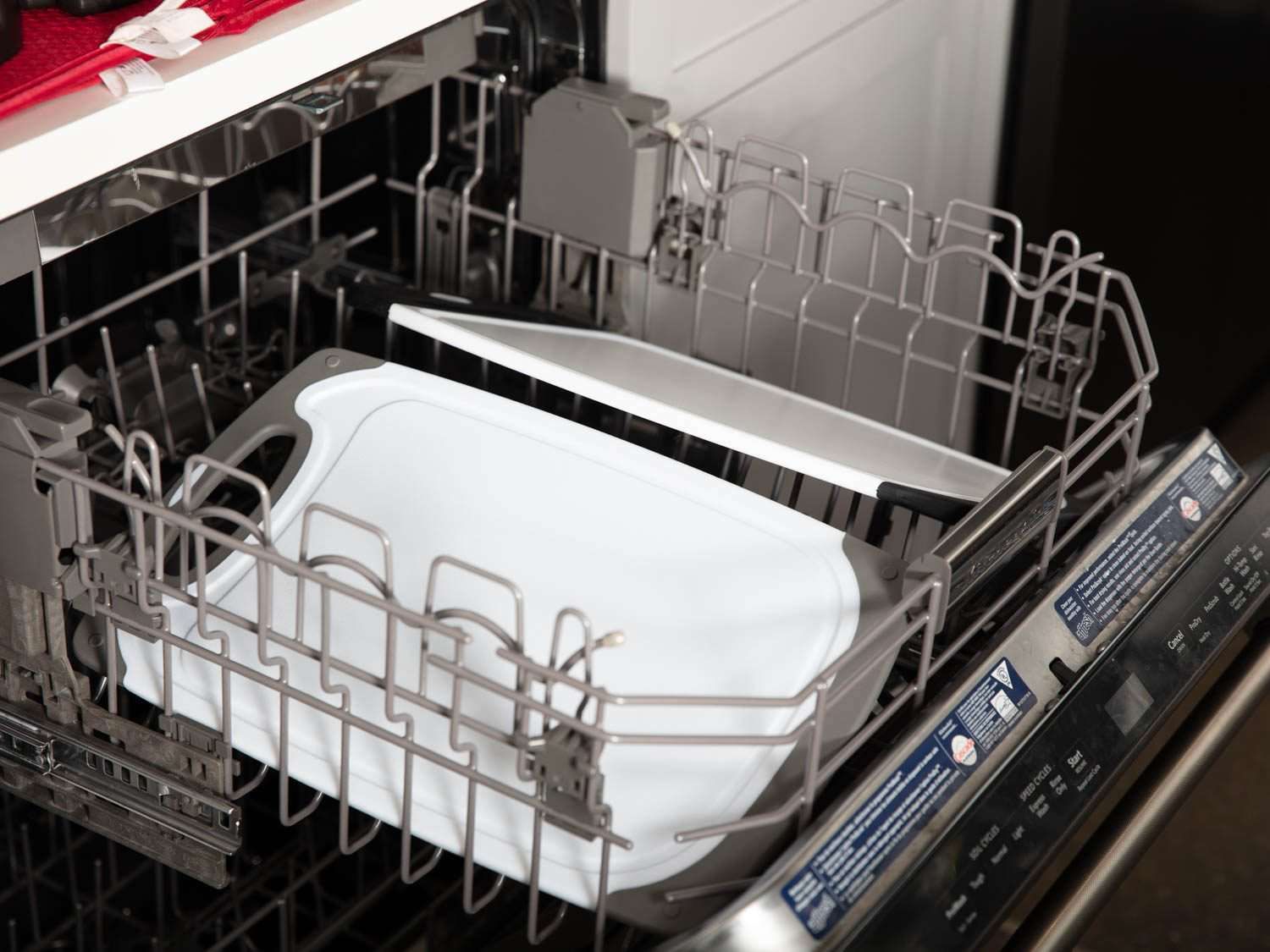
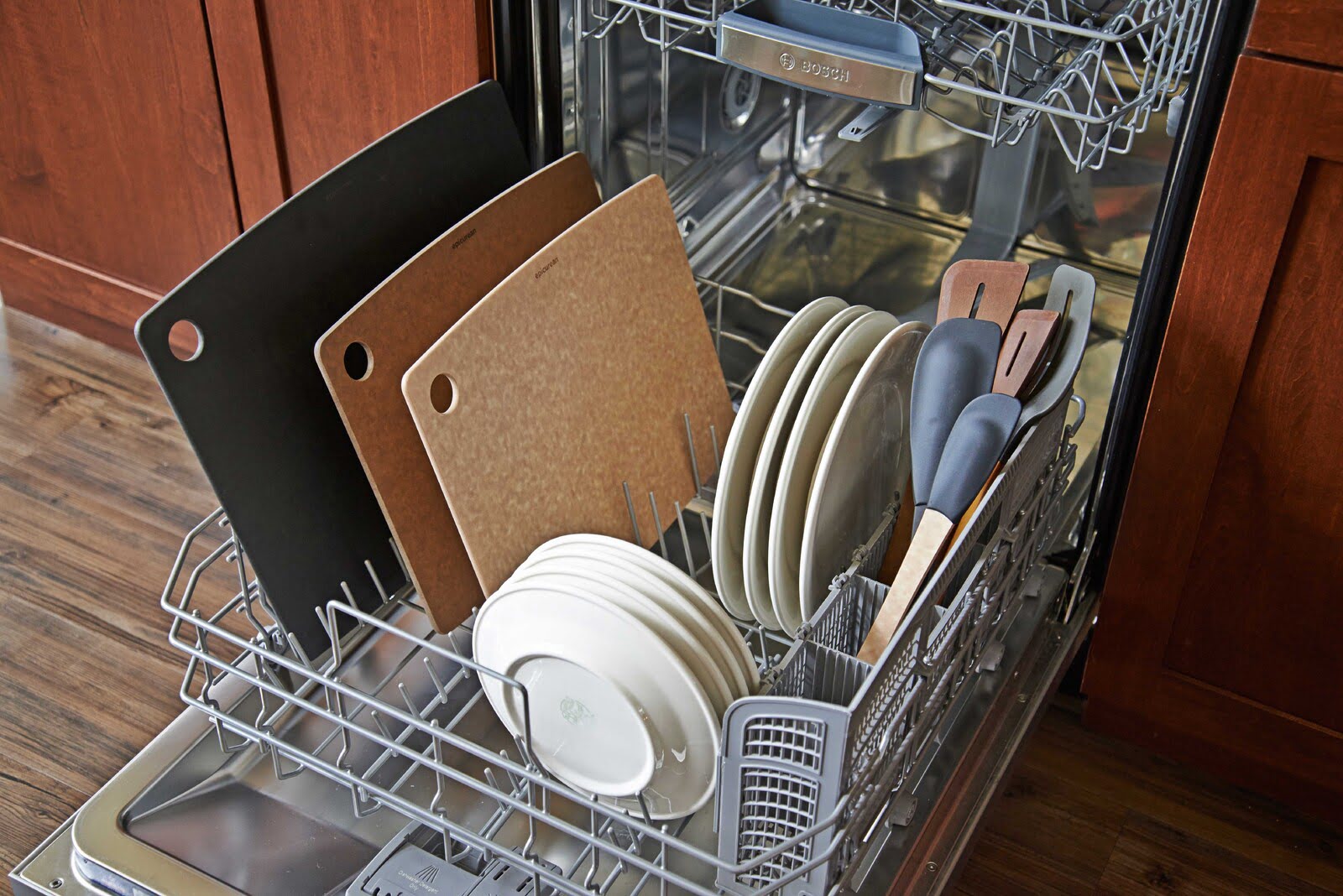
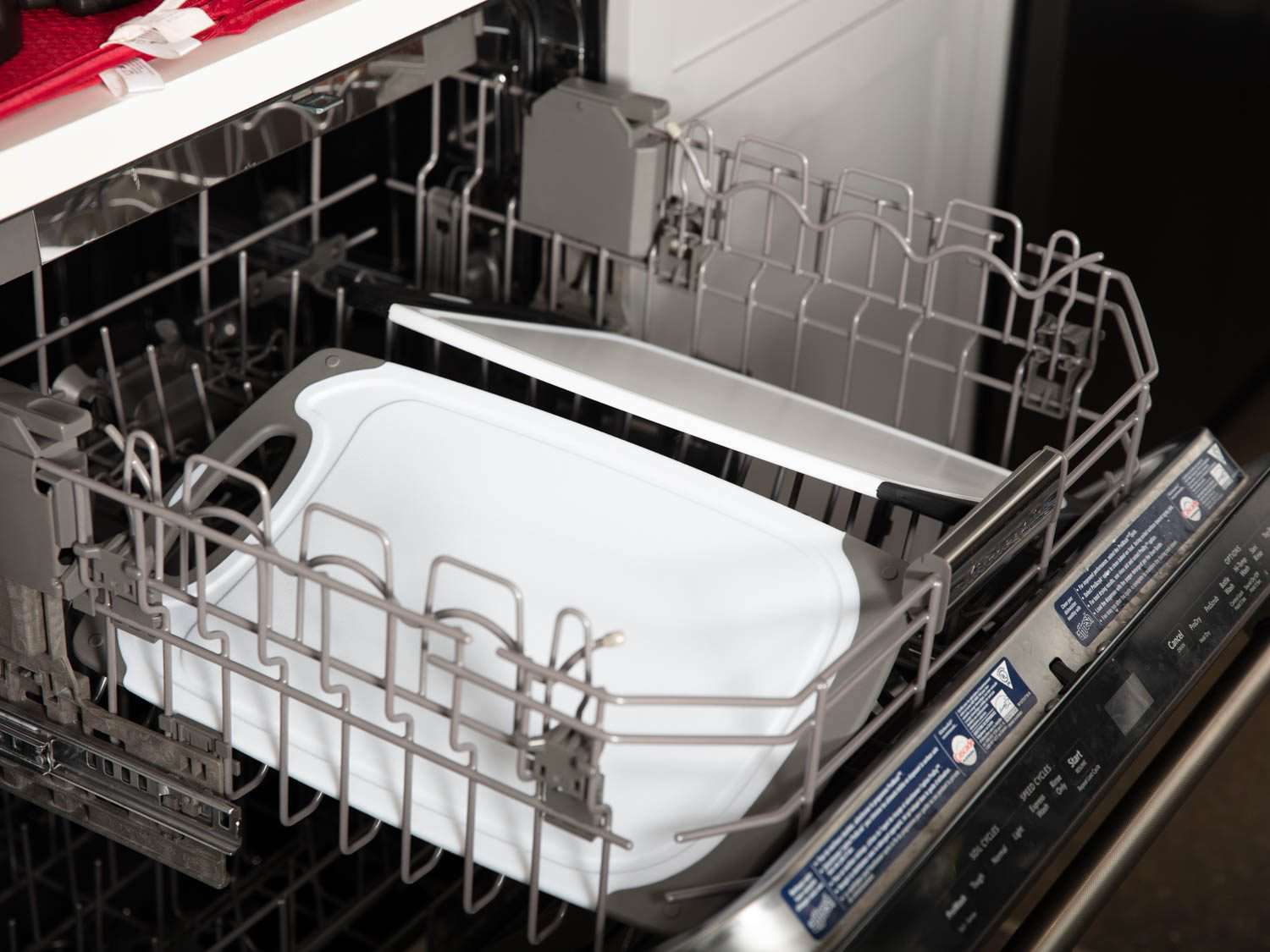
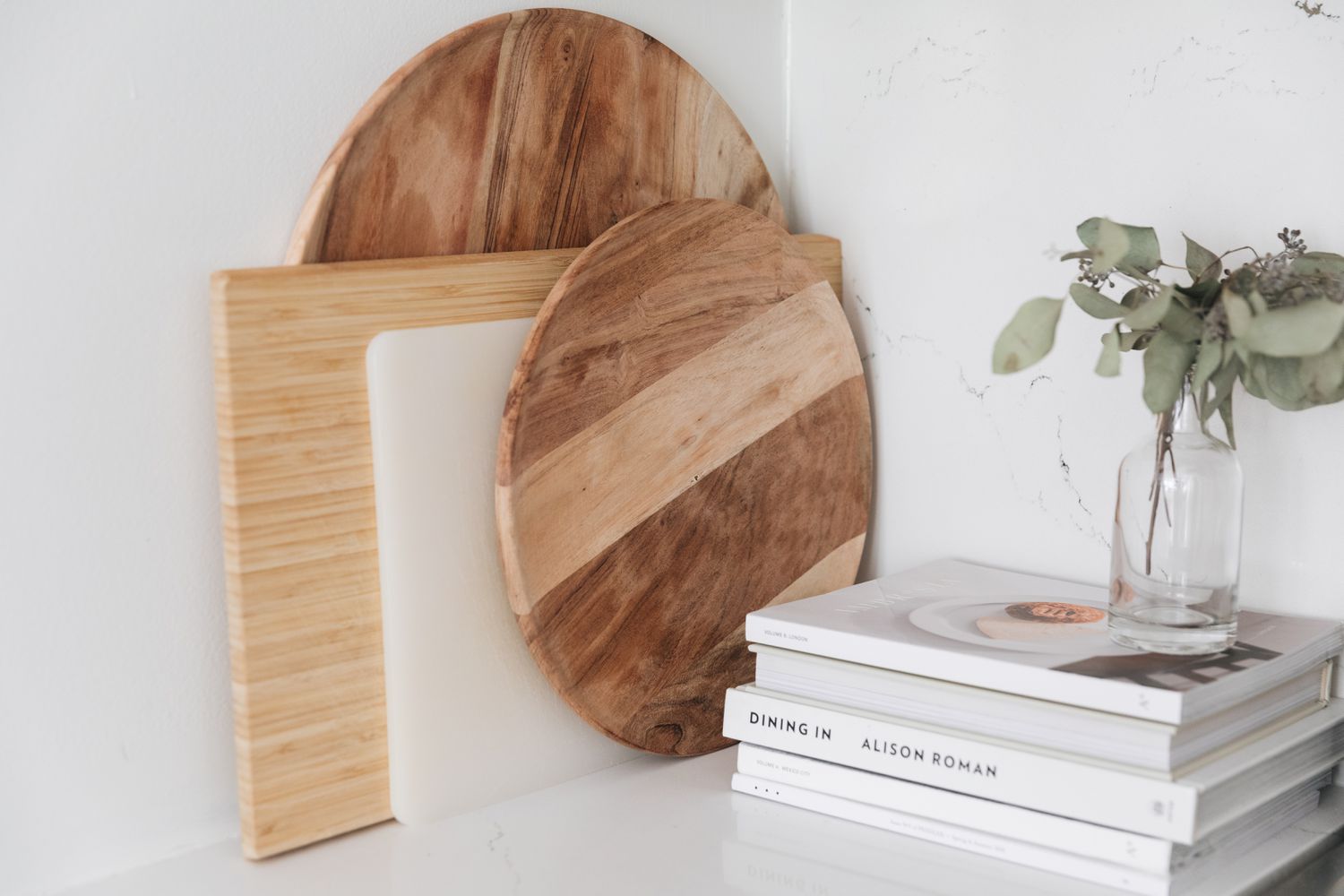
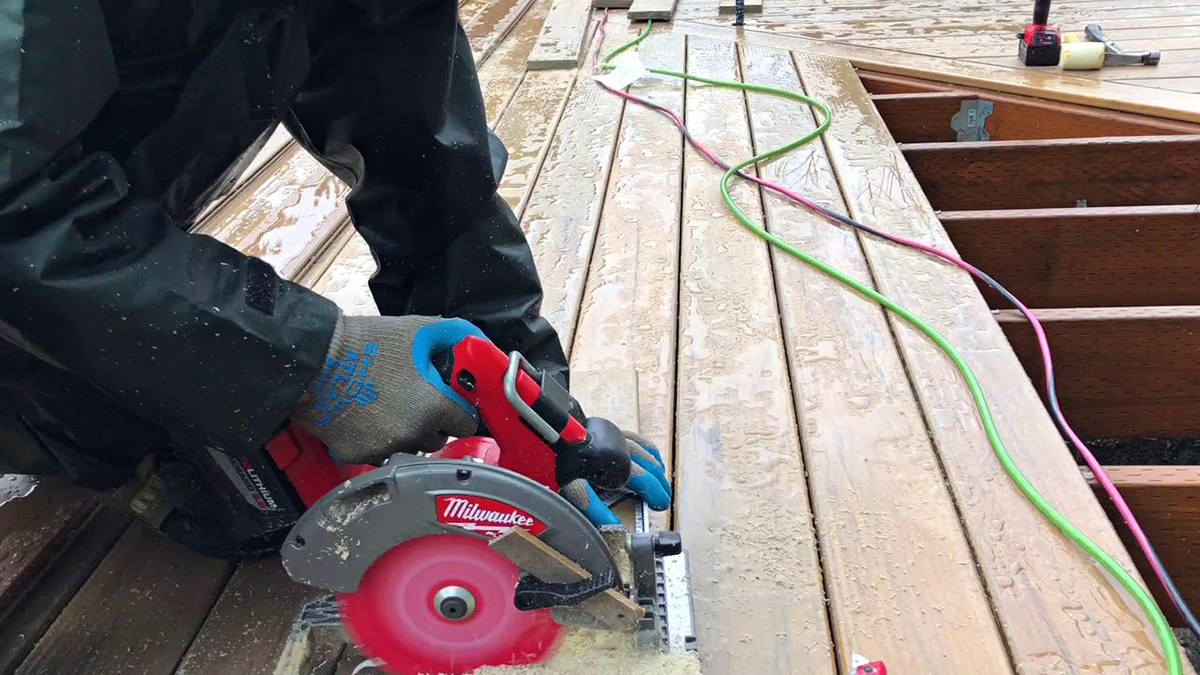
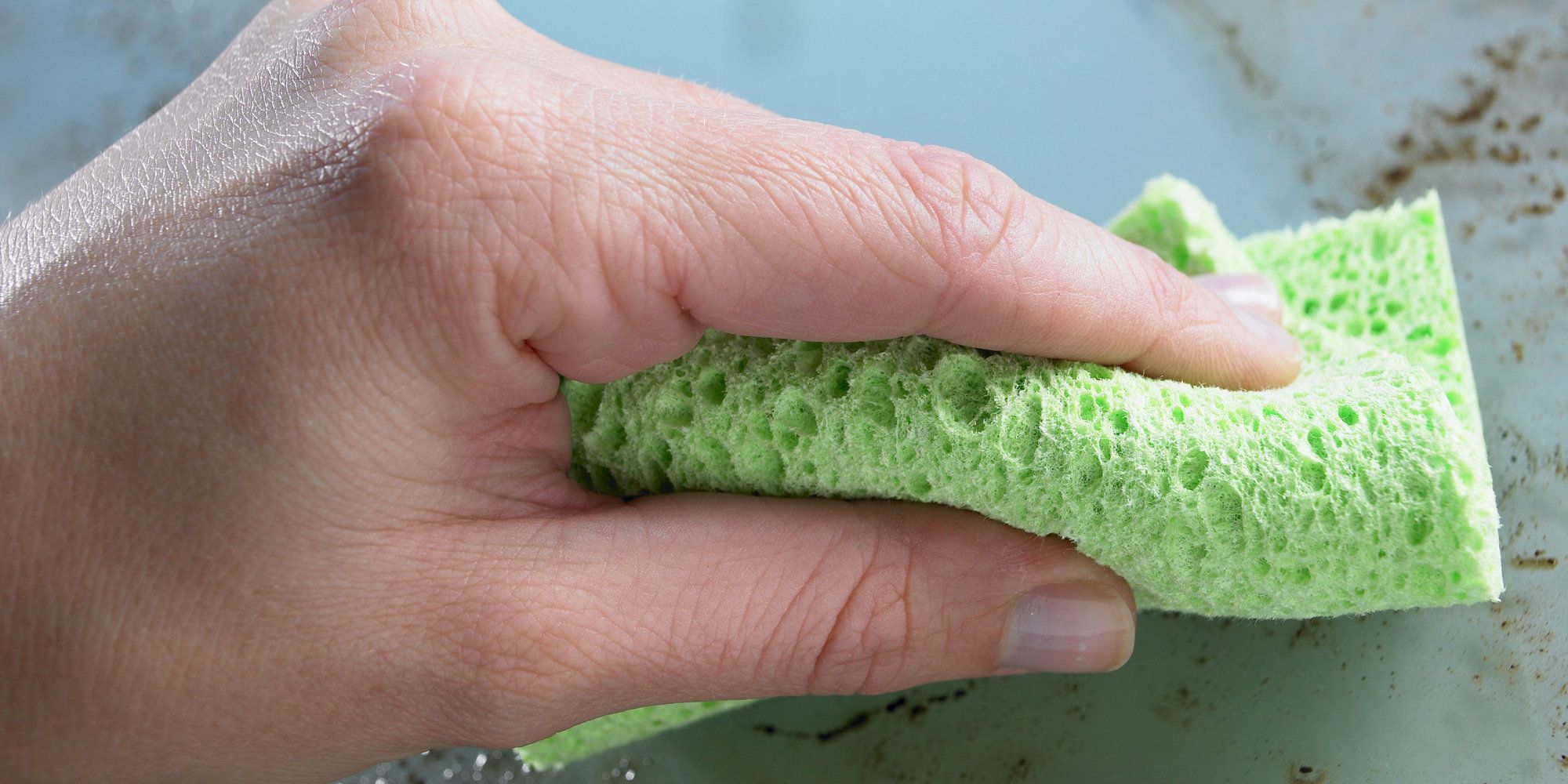

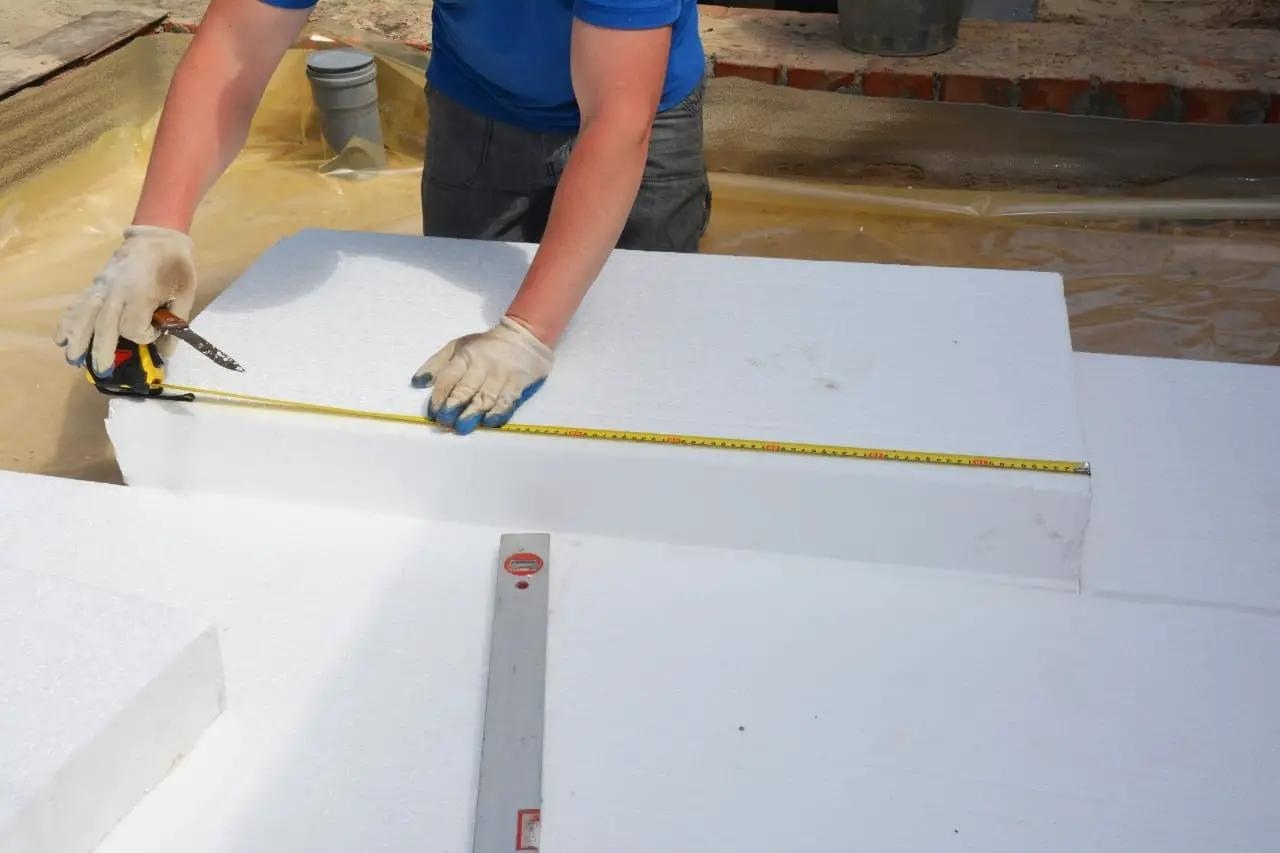
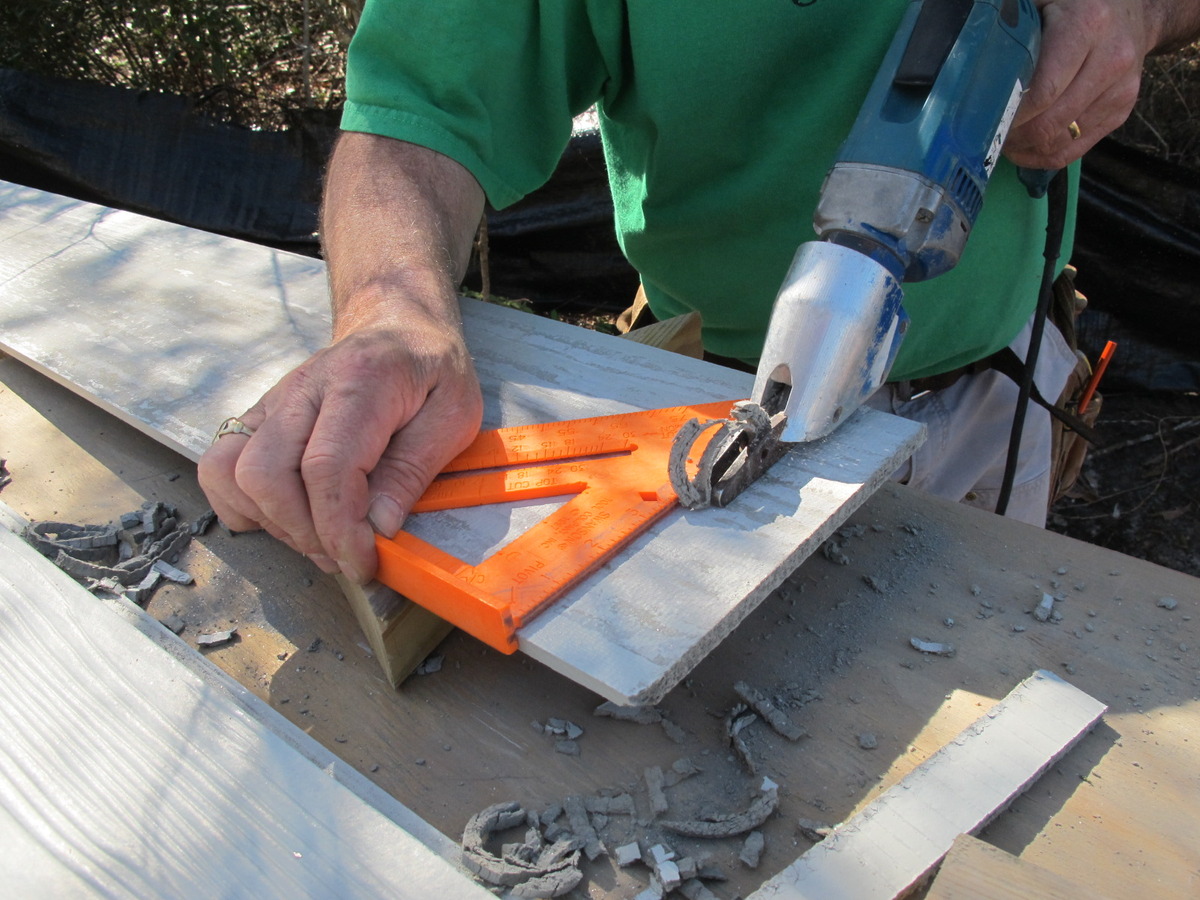
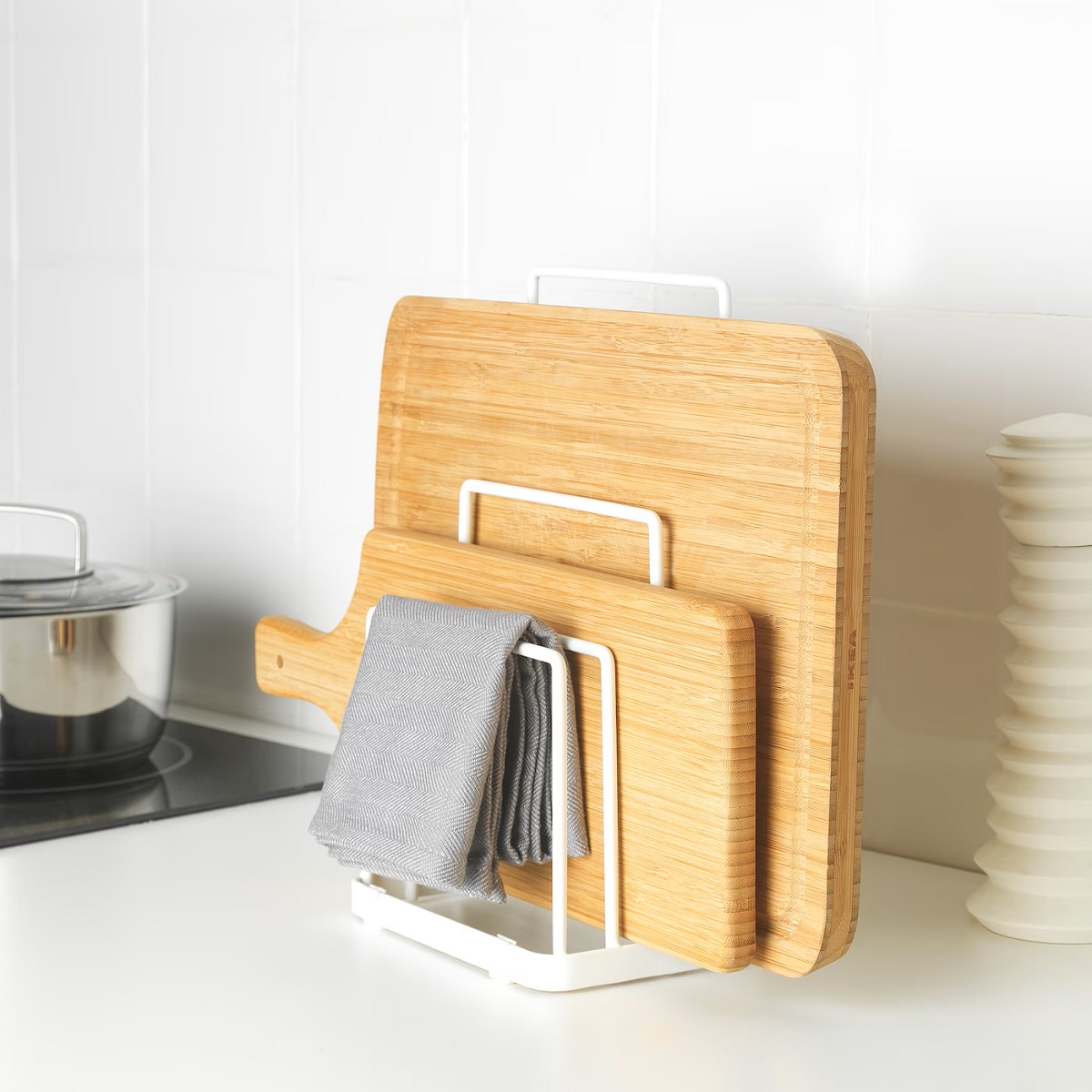
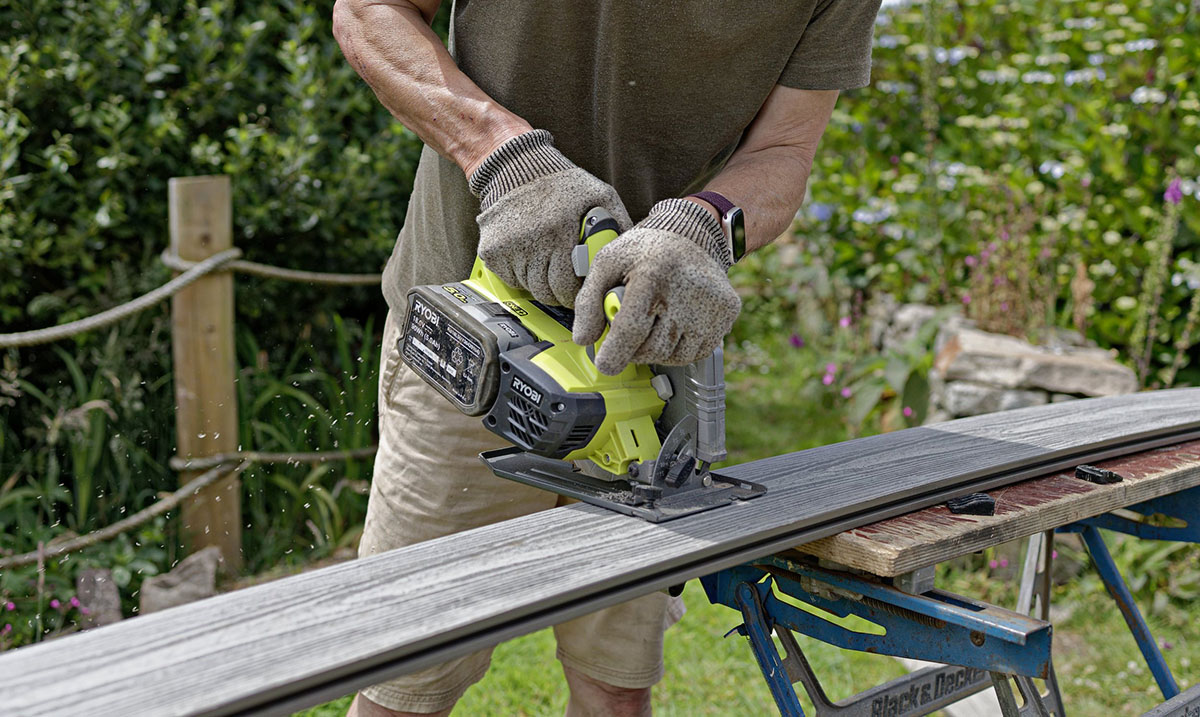
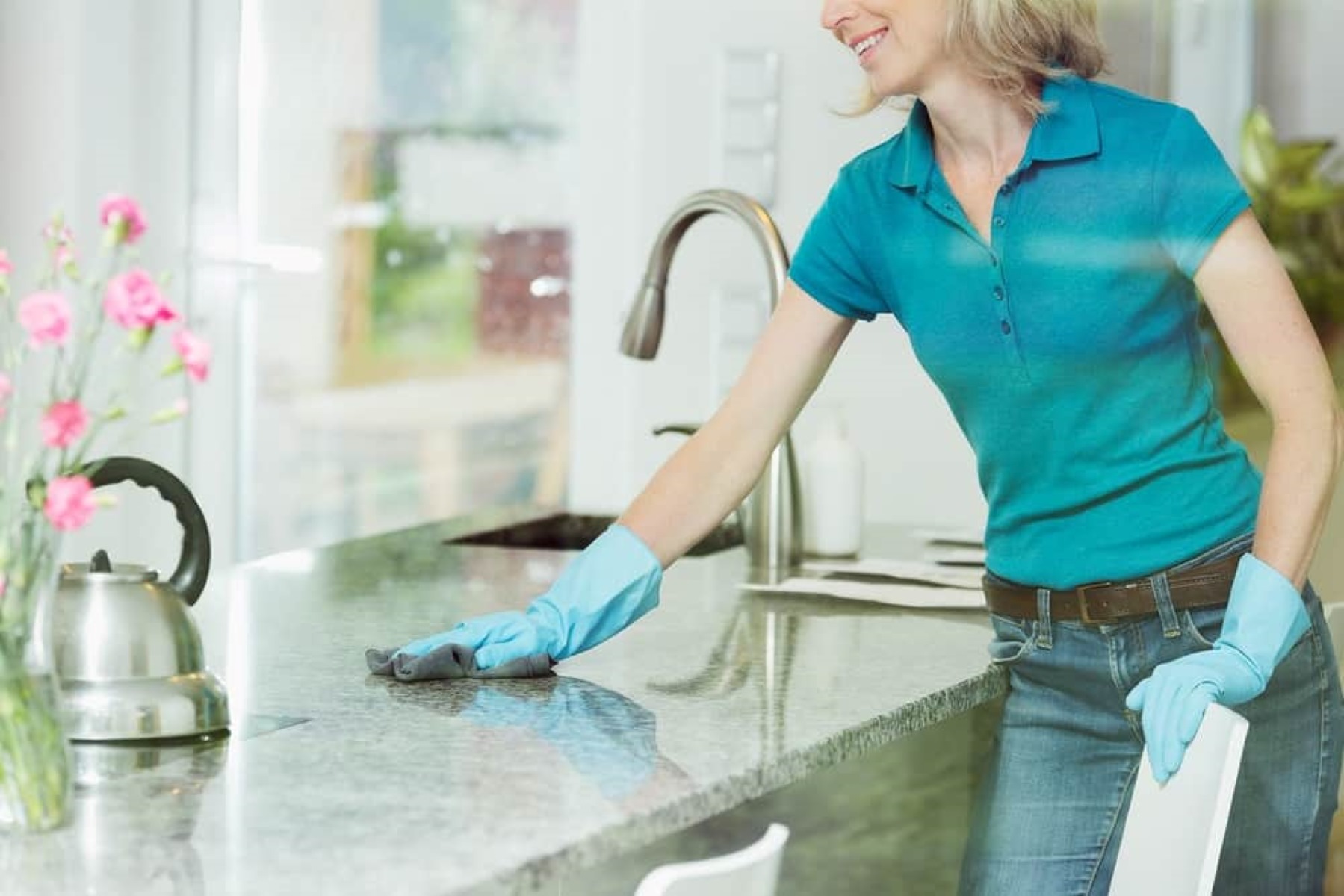
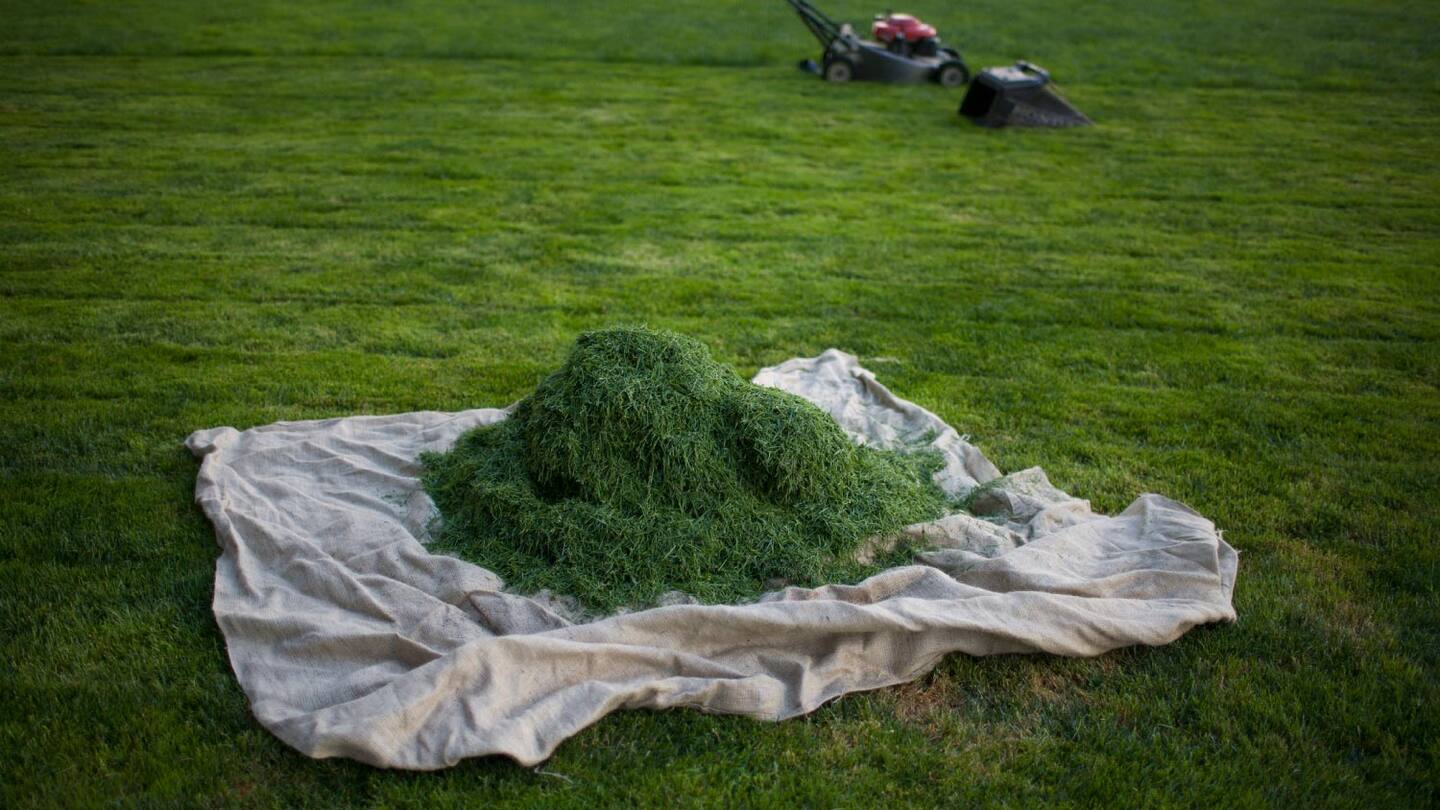
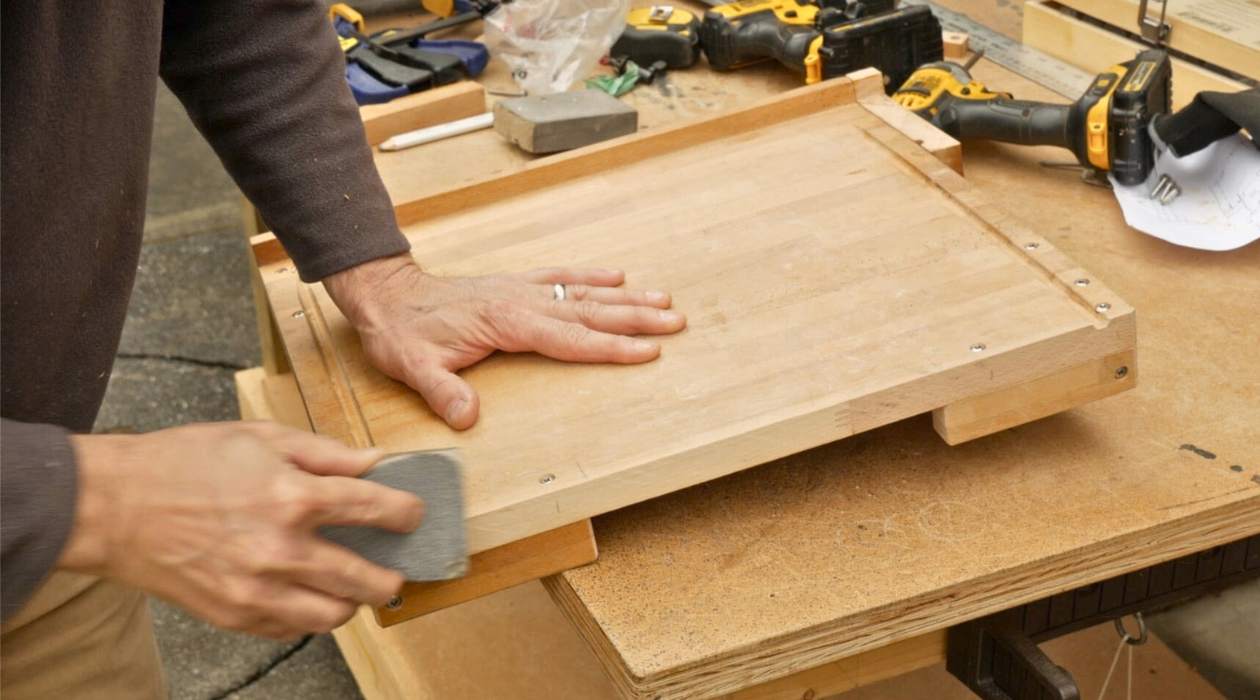

0 thoughts on “How To Clean And Disinfect Cutting Boards For Safe Meal Prep”